Results 7,881 to 7,890 of 12094
Thread: Anandtech News
-
-
02-25-18, 05:52 AM #7882
Anandtech: MWC 2018: Intel Press Event Live Blog (10:45am UTC, 5:45am ET)
Today is press event day at Mobile World Congress, and technically the show hasn't even started yet! We're at Intel, patiently waiting for news about how 5G is shaping Intel's strategy in 2019.
More...
-
02-25-18, 08:34 AM #7883
Anandtech: Hands On with the LG V30s ThinQ: Artificial Intelligence
BARCELONA, ESP — At Mobile World Congress this year, LG introduced the V30S ThinQ, the new flagship for the company. The new handset builds upon the V30 launched in October, but has added features, such as the introduction of a version of AI, more memory, more storage, and new color options, but the outward design and most internal specifications stay the same. Some of the software-added functionality, such as AI, is expected to be backported to the original V30, but the new phones will still offer better specs.
Mid-Cycle Refresh
LG traditionally releases its V-series flagship smartphones in Fall/Autumn: the V10 was launched in September ’15, the V20 was introduced in October ’16 and the V30 was announced in October ’17. This approach makes a lot of sense as the company manages to roll out the best it has in terms of hardware and software just weeks before the holiday shopping season. But what if certain features (or even technologies) are not ready - delayed launches can hurt companies financially, so it is not an option unless you have a large loyal customer base that can wait, but even in this case missing Christmas season is not good.
Apparently, LG decided to refresh its V-series in the middle of the product cycle by adding a number of artificial intelligence / machine learning capabilities (which we understand were not ready last October), as well as expanding DRAM, storage, and new casing colors. Such a mid-cycle refresh is a rather controversial thing because it can somewhat devalue the recently released version that it is based off - no-one wants their shiny new device to no longer be the latest in such a short timespan.
The key thing here though is that the differences between the LG V30 and the LG V30S ThinQ are arguably not sufficiently significant enough to upset buyers of the original handset, plus the AI-/ML-based capabilities will eventually come to the V30 through software updates.
The current product launch helps LG to draw attention to its Snapdragon 835-based smartphone and somewhat differentiate itself from other makers of devices based on the same SoC. That definitely does not hurt, especially keeping in mind the imminent Galaxy S9/S9+ launch.
The LG V30S ThinQ At a Glance
The LG V30S ThinQ features the same 6” OLED display as its immediate predecessor, and is based on the same Snapdragon 835 SoC as the V30. The new version essentially expands the models on offer - the new one comes with 6 GB of LPDDR4X RAM (up from 4 GB) as well as 128 GB or 256 GB of UFS 2.1 flash storage (up from 64 and 128 GB on the V30). In addition, the new smartphones come in new colors: the Moroccan Blue and the Platinum Grey. During the V30S ThinQ news conference that preceded its formal launch, LG noted that the structure of the phone (a metallic frame with two pieces of glass) enables the company to offer a vast amount of color options. For example, the company introduced a limited edition Raspberry Rose V30 for Valentines Day. Hardware differences between the LG V30S ThinQ and the LG V30 end here. Time to talk about software.
Earlier this year LG introduced its ThinQ brand, which seems to be a universal name for all of its artificial intelligence, machine learning and other “smart”-badged efforts across all of its product lines. LG’s ThinQ platform for smartphones currently includes AI Cam and QLens technologies for camera, LG’s Appliance Control for smart home as well as Voice AI/QVoice and Google Assistant for voice-based functions.
LG plans to expand feature set of its ThinQ platform, so devices that have the underlying supported hardware are likely to inherit the latest capabilities somewhere along the line. The company is committed to expanding its ThinQ platform with functionality, either developed internally or licenced from third parties. For example, the AI Cam feature in the V30S ThinQ was developed and trained by the company called EyeEm, with custom LG implementations over the top. Such an approach enables LG to quickly increase the number of features its devices support, but makes it harder for the company to make them work in concert. For example, if I picture snowy mountains in the morning and then ask to “recommend me a sunscreen” in the middle of the day, a proper AI would realize that I need a sunscreen for high altitudes, not for Mediterranean beaches, because it would analyze both my activity and location. LG fully realizes that making an AI work well is a long-term endeavor and that everything is on early stages today.
Key New FeaturesLG V-Series Smartphones LG V30S ThinQ LG V30 LG V20 SoC Qualcomm Snapdragon 835
4x Kryo 280 @ 2.45 GHz
4x Kryo 280 @ 1.90 GHz
Adreno 540 @ 710 MHzQualcomm Snapdragon 820
2x Kryo @ 2.15GHz
2x Kryo @ 1.59GHz
Adreno 530 @ 624MHzRAM 6 GB LPDDR4X 4GB LPDDR4X 4GB LPDDR4 NAND 128 GB (UFS 2.1) + microSD 64GB (UFS 2.1) + microSD 64GB (UFS 2.0)
+ microSD256 GB for V30S+ 128GB for V30+ Display 6.0 inch 2880x1440 OLED 6.0 inch 2880x1440 OLED 5.7-inch 2560x1440 IPS LCD
2.1-inch 160x1040 LCD (Secondary)Dimensions 151.7 x 75.4 x 7.3 mm
156 grams151.7 x 75.4 x 7.3 mm
156 grams159.7 x 78.1 x 7.6 mm
174 gramsModem Qualcomm X16 (integrated)
2G / 3G / 4G LTE
(Category 16/13)Qualcomm X16 (integrated)
2G / 3G / 4G LTE
(Category 16/13)Qualcomm X12 (Integrated)
2G / 3G / 4G LTE (Category 12/13)SIM Size NanoSIM NanoSIM NanoSIM Front Camera 5MP, f/1.9 5MP, f/1.9 5MP, f/1.9 Rear Camera Primary: 16MP, f1/6, Sony IMX351, Laser AF, PDAF, OIS, LED Flash Primary: 16MP, f1/6, Sony IMX351, Laser AF, PDAF, OIS, LED Flash Primary: 16MP, f/1.8
Sony IMX298 Exmor RS
Laser AF, PDAF, OIS, LED flashWide Angle:
13MP, f/1.9Wide Angle:
13MP, f/1.9Wide Angle: 8MP, f/2.4,
Sony IMX219 Exmor R
Laser AF, PDAF, OIS, LED flashBattery 3300 mAh
non-replaceable
WIreless Charging3300 mAh
non-replaceable
WIreless Charging3200 mAh (12.3 Wh)
replaceableConnectivity 802.11ac, BT 4.2, NFC, GPS/GNSS, DLNA, USB Type-C 802.11ac, BT 4.2, NFC, GPS/GNSS, DLNA, USB Type-C 802.11ac, BT 4.2, NFC, IrLED, GPS/GNSS, DLNA, USB 2.0 Type-C Launch OS Android
with LGUXAndroid 7.1.2
with LGUXAndroid 7
with LGUX 5.0
At launch, the LG V30S ThinQ will ship with four key ThinQ-branded capabilities:
- The AI Cam recognizes objects in the frame and recommends appropriate shooting modes. There are eight of them right now: portrait, food, pet, landscape, city, flower, sunrise, and sunset.
- The QLens that analyzes the frame and enables to perform a visual search, or a visual shopping search. The latter capability was first introduced by Amazon with its Fire smartphones back in 2014; the Firefly tech was supposed to recognize over 100 million items, including movies, TV episodes, and products (including wine labels), but Amazon has never disclosed whether it helped to drive its sales. As a bonus feature, the QLens can scan QR codes, eliminating any need for a third-party software for this simple operation.
- Bright Mode for photos that measures ambient light and then uses an algorithm to “brighten images by a factor of two for better looking photos without the noise”.
- The Voice AI (called QVoice in some of LG’s marketing documents) enables users to run apps and change settings using voice alone. Obviously, this will require support from Google and app developers because of security concerns, but enhanced voice controls could be an interesting feature.
Hands-On with the LG V30S ThinQ
Following the LG V30S ThinQ-related news conference, LG handed us a pre-production sample of the smartphone to play with it and experience the new features. Just before we jump to the AI-/ML-enabled capabilities, it is worth noting that the Platinum Grey color of the smartphone looks impressively futuristic. The Corning Gorilla Glass 5 surface on the back of the phone does not make it look metallic (if that was the intention at all), but it certainly does not feel like plastic either. Think of it as of Apple’s Jet Black, only this one is grey and Corning Gorilla Glass 5 does not scratch that easily.
A particularly good thing about the AI Cam, QLens and the Bright Mode was the fact that they were easy to find and use. Many new features on some smartphones are hidden and therefore are not particularly easy to use, especially when in the go. This is not the case with the said capabilities — finding them is easy, their UI feels logical.
In an extremely dark room, the Bright Mode works rather well, it does not add noise (as promised), but many details are lost, which is something that happens with images in dark conditions anyway. Keeping in mind that in most of the cases the Bright Mode will be used for picturing in conditions with poor lighting (not in absolute darkness), removing noise at a cost of some detail loss seems like a reasonable tradeoff.
The AI Cam (scene detection for camera presets) operates rather smoothly from performance point of view, but currently works in a rather funny way: it recognizes orange juice as beer or wine; contents of the fridge look like bath to it; a MacBook Pro laptop is perceived as text, a musical instrument, technology, and only then as a computer; and the Logitech Performance MX mouse is seen as a person or a musical instrument. All-in-all, it seems that the AI Cam software needs further training as right now it can recognize only a limited list of objects. In the meantime, we have a short video.
The QLens (detecting objects) can do its job, but it also needs improvements. It could not recognize the Logitech MX Master mouse with a very distinctive look, yet it realized that it was dealing with a black mouse, not a musical instrument or something else. It also realized that it was shown a MacBook Pro notebook, yet instead of offering me to buy a similar device (the MBP with a TouchBar has a distinctive look), it offered me to buy some MacBook parts. So, while it understood that this was an Apple laptop, it did not get the model right, which is crucial for shopping. A similar thing happened with black shoes: it understood that it was dealing with black oxford shoes, but could not recognize the brand or the model.
Keep in mind that we were playing with a pre-production sample of the LG V30S ThinQ that was far from finished: it had multiple app icons in Korean, for example. So, while I can confirm that the new features work, I cannot say that they work as they are supposed to. The final hardware and software that will hit the market in the coming months will likely perform differently and the ThinQ-badged elements will be updated over time (hopefully, these features will be updated throughout the lifetime of the device).
LG did not announce MSRPs or exact launch dates for the V30S ThinQ at MWC. The only thing we know is that the smartphones will start emerging in the U.S. and South Korea “shortly” and their availability will gradually expand. In some countries LG will keep selling the V30 alongside the V30S ThinQ, in others the new model will replace the old one. As for prices, expect them to be comparable to the current V30 SKUs, but it all depends on markets and other factors.
Related Reading
More...
-
02-25-18, 08:34 AM #7884
Anandtech: Matebook X Pro (2018): Huawei’s Flagship Laptop Upgrade
BARCELONA, ESP – The headline of Huawei’s launch program at Mobile World Congress is not a smartphone, but a laptop. Over the last two years Huawei has introduced itself to the PC market by way of the Matebook line, and the halo product for 2017 was the Huawei Matebook X. For 2018, Huawei is introducing the Matebook X Pro, responding to feedback from its customers and going for a more premium product. Despite the slight change in the name, there are some significant changes under the hood.
More...
-
-
-
02-25-18, 10:50 AM #7887
Anandtech: MWC 2018: Samsung Galaxy S9 Press Event Live Blog (5pm UTC, Noon ET)
This is it. The biggest unkept secret in recent tech media, now coming to Mobile World Congress. Samsung's show is busy, and we're sitting as far forward as we were able to get, after queuing for two hours. This is Samsung, let us be your guides.
More...
-
02-25-18, 12:31 PM #7888
Anandtech: Samsung Announces The Galaxy S9 and S9+
Today Samsung is announcing the Galaxy S9 and S9+. Both devices bring iterative designs over the Galaxy S8 – which is not a bad thing. The camera sees significant upgrades with both a new innovative camera sensor as well as an industry first-adjustable lens that can switch between f/1.5 and f/2.4 apertures. Having the same screen and battery capacities as the S8 might seem like a step sideways, but the one thing where the S9 improves on is with the internals. While the Snapdragon 845 SoC is a conservative generational update, the Exynos 9810 looks to shake up the market with, until now, a unexpected generational jump.
More...
-
02-25-18, 07:53 PM #7889
Anandtech: Galaxy S9 Exynos 9810 Hands-On - Awkward First Results
Following our launch article I promised an update on the performance scores of the Exynos 9810 variant of the Galaxy S9. I was able to have some time with one of the demo devices at the launch event and thoroughly benchmark it with a few of our common tests.
More...
-
02-26-18, 08:45 AM #7890
Anandtech: Bringing Vulkan to Apple's Platforms: Khronos Group Announces Open Source
One of the unfortunate outcomes of Apple's desire to build their own top-to-bottom software ecosystems is that the company has gradually pulled away from supporting common APIs, particularly in graphics. Whereas early this decade Apple happily supported OpenGL ES up to 3.0, that's as far as the company ever went, skipping future OpenGL ES versions and OpenGL's successor, Vulkan. Instead Apple has relied on their own similar low-level API, Metal. As a result the widespread ability to use a single graphics API and target everything from PCs to Macs to smartphones has gradually been lost as old software and APIs grow stale.
Lost, perhaps, but as it turns out, not forgotten. Today, the Khronos Group, the industry consortium behind OpenGL and Vulkan, is announcing a wide-range of open-source tools, SDKs, and runtime library releases as part of their ongoing Vulkan Portability Initiative. The goal? To bring Vulkan applications to Apple platforms using Metal.
In collaboration with Valve, LunarG, and The Brenwill Workshop, this free open-source collection includes the full 1.0 release of the previously-commercial MoltenVK, a library for translating Vulkan API calls to Apple’s Metal 1 and 2 calls, as well LunarG’s new Vulkan SDK for macOS. Funding the costs of open-sourcing, Valve has been utilizing these tools on their applications, noting performance gains over native OpenGL drivers with Vulkan DOTA 2 on macOS as a production-load example.
Altogether, this forms the next step in Khronos’ Vulkan Portability Initiative, which was first announced at GDC 2017 as their “3D Portability Initiative,” and later refined as the “Vulkan Portability Initiative” last summer. Spurred by industry demand, Khronos is striving for a cross-platform API portability solution, where an appropriate subset of Vulkan can act as a ‘meta-API’-esque layer to map to DirectX 12 and Metal; the holy grail being that developers can craft a single Vulkan portable application or engine that can be seamlessly deployed across Vulkan, DX12, and Metal supporting platforms.
For the new generation of low-level low-overhead graphics APIs, the similar API philosophies makes this kind of mapping very feasible, particularly since Vulkan was designed with cross-vendor and cross-platform versatility in mind. Furthermore, both DX12 and glNext/Vulkan have been strongly influenced by AMD’s Mantle, which was donated wholesale to Khronos to form the modern foundation of Vulkan 1.0. The obstacle Khronos is tackling today is Apple’s Metal API, particularly as Apple continues with Metal development rather than adopting Vulkan and OpenGL ES 3.1+.
In accomplishing that, Khronos outlines several major parts: LunarG’s Vulkan macOS SDK and The Brenwill Workshop’s MoltenVK macOS/iOS runtime, as well as the open-source SPIR-V Cross-compiler that MoltenVK utilizes. The open source LunarG Vulkan SDK unsurprisingly will allow developers to build, run and debug Vulkan applications on macOS platforms, including a number of loader and validation layers for API code.
Moving on, in short, SPIR-V is Khronos's existing common intermediate representation shader language, which the cross-compiler tool can in turn translate to a platform's native format, such as Metal Shading Language. And while MoltenVK 0.19 has existed as a paid product, Khronos noted that the fees and royalties did create a barrier to entry. On that front, Valve has been very eager to push Vulkan on macOS, and with their financial support MoltenVK has been open-sourced as the current full 1.0 release under the Apache 2.0 license, where it is free to use without development fees or royalties.
Khronos relayed that Valve very much intends MoltenVK to be a production-ready tool, and had Valve’s Vulkan DOTA 2 on macOS results at the ready, citing up to 50% faster framerates compared to native OpenGL. In any case, Khronos noted that the tools and SDKs were not specifically optimized for gaming applications, and applicable to browsers and other applications. And while there is technically an intermediate layer, Khronos stated that there is insignificant amounts of overhead, particularly in light of how Vulkan API calls are directly mapped to other low-level APIs.
Looking at Metal and DX12, almost all of Vulkan’s features are supported. The total unsupported operations add up to five general items, corresponding to around 20 function calls. In this way, Vulkan can be used as a portable subset, where different hardware and OS’ may support some of these exceptions. For the various generations of Apple platforms, the Metal 2 successor may enable yet more of those features; Apple’s relationship with Vulkan has not changed but the new Vulcan Portability tools are such that no support from Apple is needed. In the next few months, Khronos plans to publish final Vulkan portable subset definitions, working with AMD, NVIDIA, Unity, Mozilla, and others.
In the same vein, tentatively before the second half of the year Khronos and their collaborators are also planning to release tailored open-source conformance test layers, where only the features supported by a platform’s given Vulkan portable subset is tested. In addition, Khronos is looking to release simulation layers to flag the specific defined features not present in a given target system, along with various other enhanced SDK layers and tools. In general, any other SDK layers currently available under Windows are likely to be ported over to macOS at some point.
Moving forward, Khronos expects to continue releasing new portability tools, but additionally identified the current discussion over WebGL’s future and next-gen API possibilities as an avenue. Khronos also intends to continue widening platform support, noting development of the Rust-based gfx-rs for Vulkan portability, which remains in active development with the support of Mozilla and others.
The free and open source MoltenVK 1.0 can be found on the MoltenGL website, while the free macOS SDK is available through LunarXchange. Other tools can be found through Khronos’ Portability Landing Page.
Gallery: Khronos Group Vulkan Portability Initiative February 2018 Presentation Deck





More...
Thread Information
Users Browsing this Thread
There are currently 20 users browsing this thread. (0 members and 20 guests)





 Quote
Quote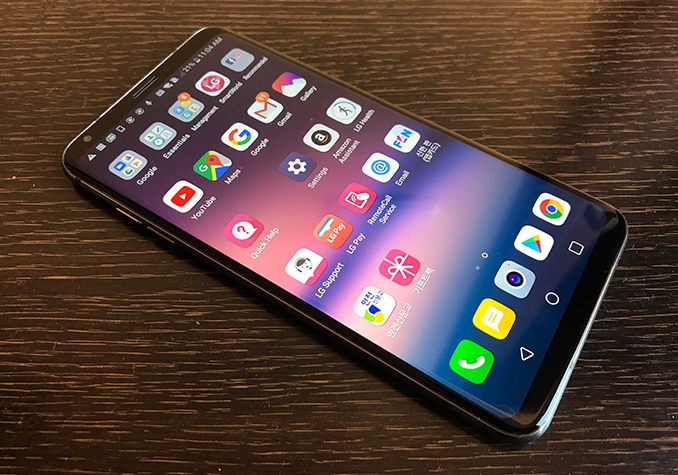
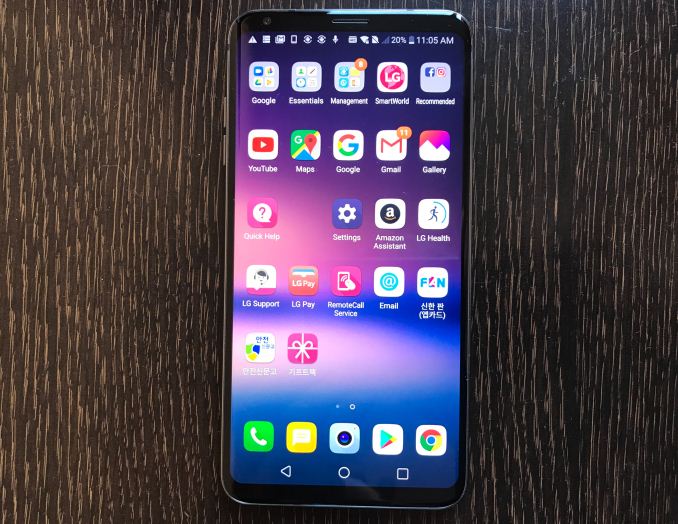
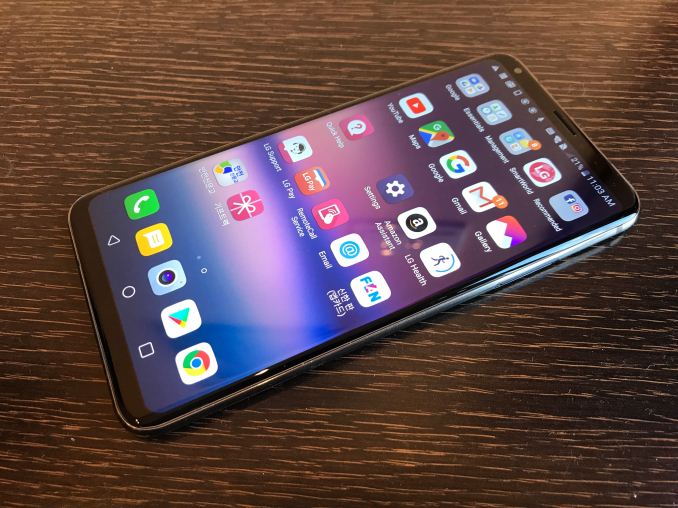
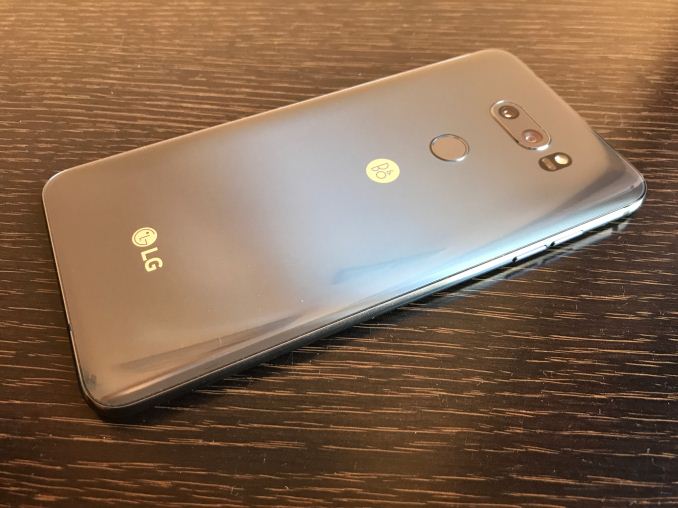
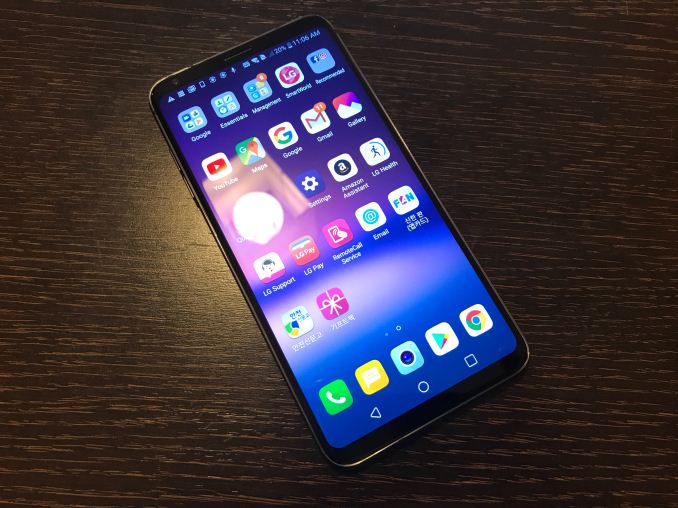
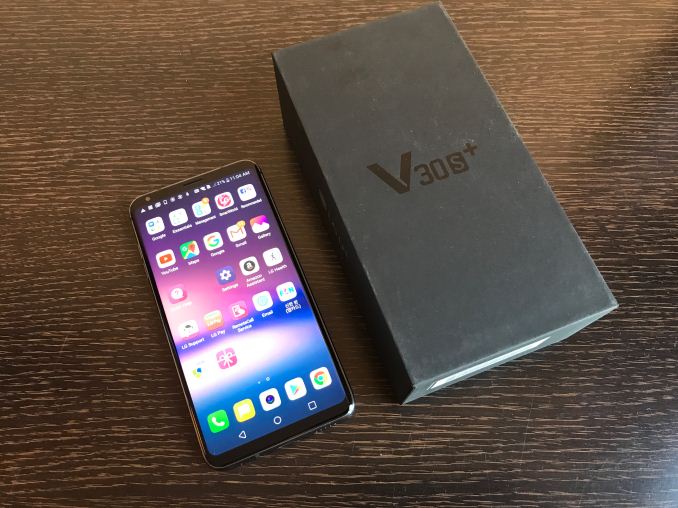


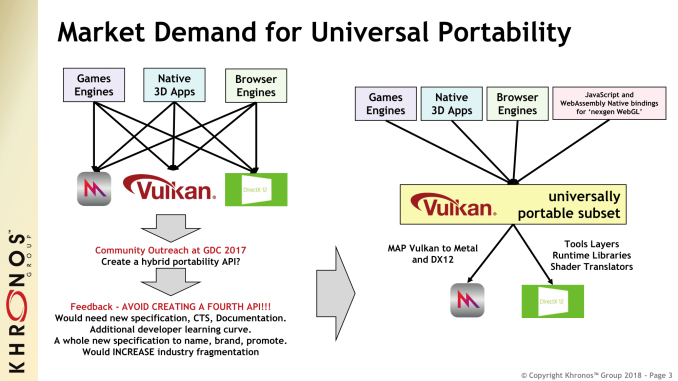

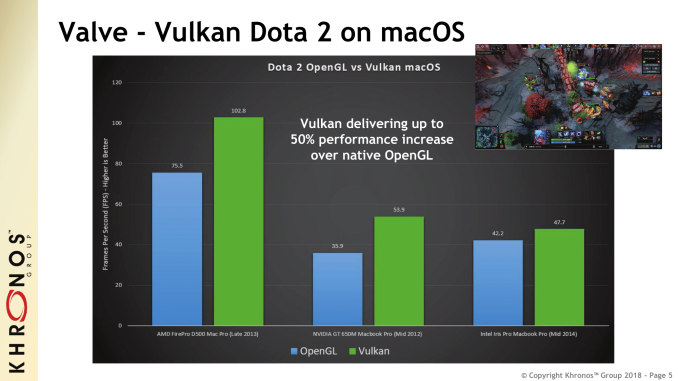
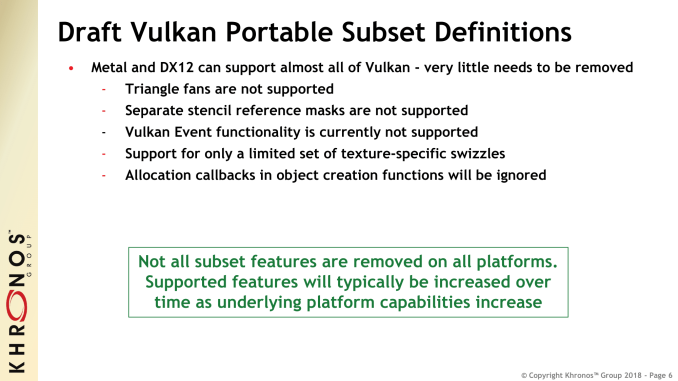
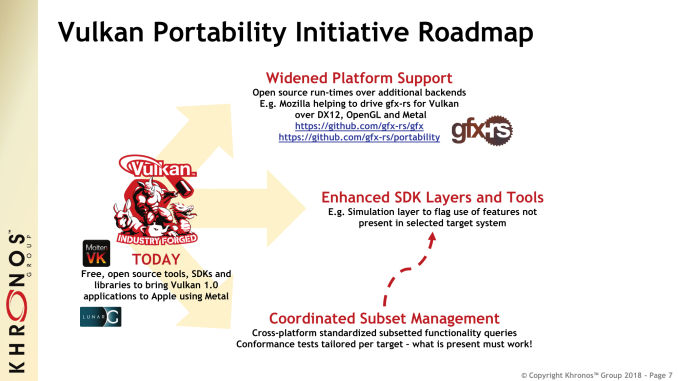
















Bookmarks